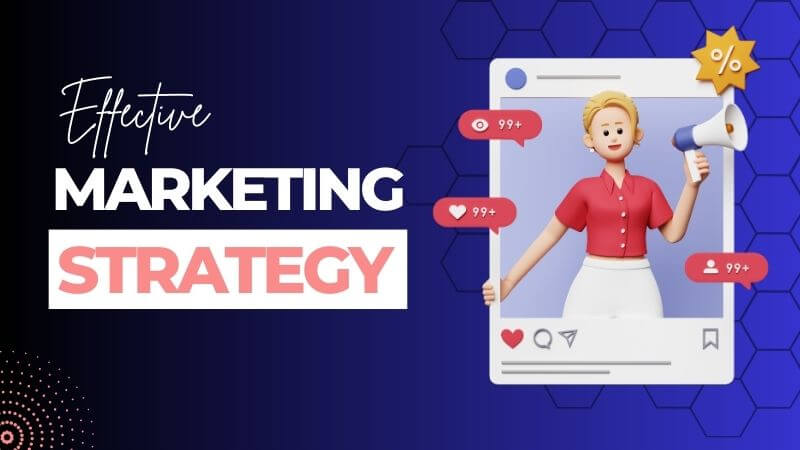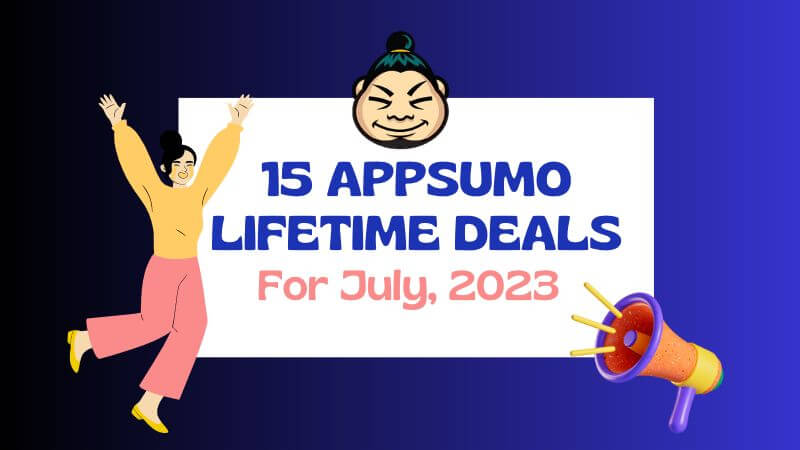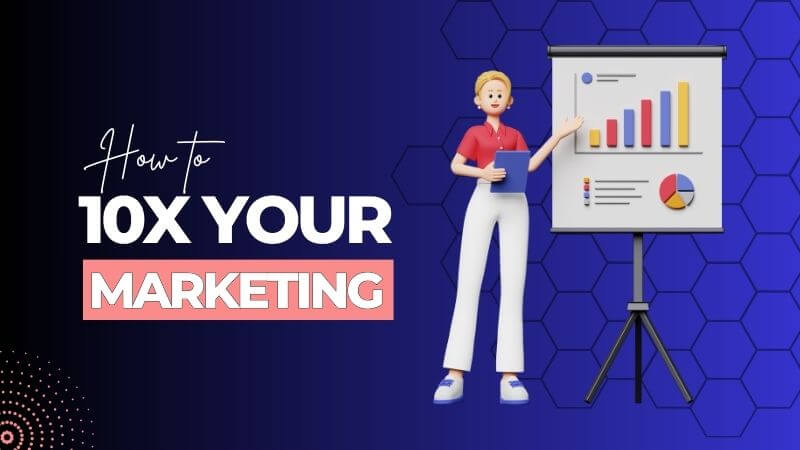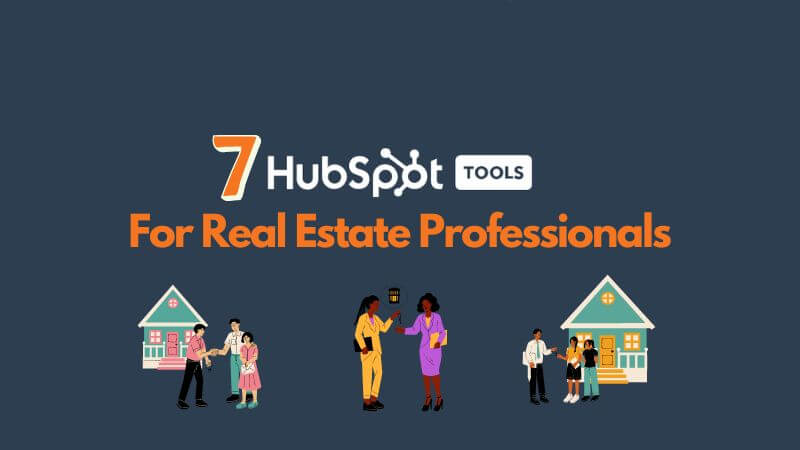How To Grow Your Business Online Using Free Giveaways [5 Hot Tips]
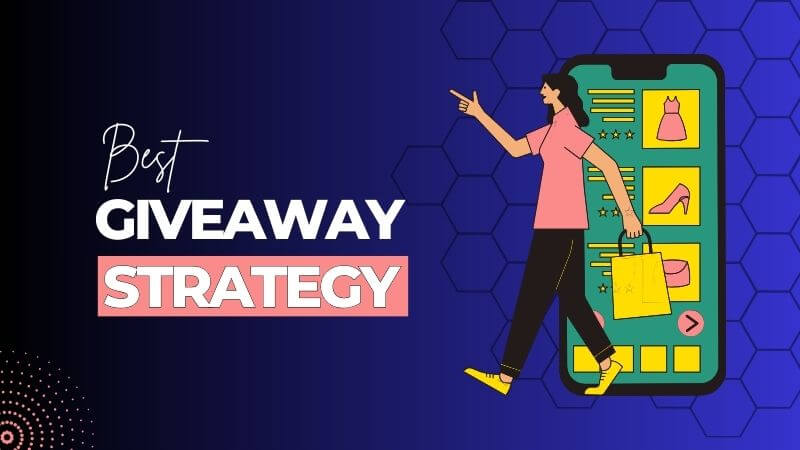
Think giving something away for free doesn’t make business sense? Think again. If you’re looking for strategies on how to grow your business online, then customer giveaways can be a great strategy to try out.
Of course, everybody loves getting free stuff every now and then, so offering freebies can help to attract new visitors to your website and can even turn these visitors into customers.
So, how can you market your small business by using the giveaway strategy?
1. Plan what you’ll give away
Your giveaway should be something that ties into your business and is of interest to your customers. You’ll also need to make sure it’s something you can create yourself or can afford to pay someone else to create for you.
A good example is Ruth, who runs a parent’s care site, she chose activity sheets for children. That’s the perfect example of a good freebie: it’s low cost and a good fit for her target customer base
So, if your goal is to find winning strategies on how to grow your business online with freebies, then here are some ideas for things to use as giveaways.
a. Free E-book
Know a lot about a topic? Then why not write an ebook about it and give it away? For example, a search engine optimization (SEO) consultant might write “50 SEO tips for beginners”. The book should appeal to people who know they need to work on SEO but don’t know where to start. This is the first step in building a relationship between the SEO consultant and potential customers.
b. Free Course
Instead of writing an ebook, you could turn your knowledge into a free course. It’s an idea that would work for our SEO consultant in the previous example, as well as a range of other businesses.
A yoga instructor, for example, could create a short video course introducing the basics of yoga. The instructor could then offer course subscribers paid-for intermediate yoga lessons.
c. Free Consultation
Offering a free consultation is a great way to show people the value of your work. For example, an SEO consultant could offer a free consultation highlighting the areas where someone’s website could be improved to boost search rankings.
The idea is that the website owner would then pay the SEO consultant to carry out the work highlighted in the free consultation.
d. An Interactive Guide
Falling somewhere between an ebook and an online course, creating an interactive guide is a great way to present potential clients with a large amount of information in an attractive and stylish way.
As with an ebook or a course, the idea is to appeal to people who know they need information about the service you offer but don’t know where to begin.
For example, professional web designers could create an interactive guide about the qualities needed for a top-notch eCommerce site.
The information in the interactive guide would be a great learning tool for potential clients and it would also showcase the designer’s skills.
e. A Educational And/Or Worksheet
Ruth Bradford, the owner of the Little Black and White Book Project implemented this strategy when she started using giveaways during the Covid-19 lockdown, and doing so attracted a record-breaking number of visitors to her website. So, there’s no reason that you can’t do the same if it’s suitable for your business.
It is a particularly good idea if your business is targeted at the parents of young children. Just make sure that your fact sheets have real educational value if that’s what you’re aiming for, or that your worksheets offer something fun and different if that’s the path you choose to go down.
f. A “state of the market” report
If you’re targeting business-to-business clients, creating a state-of-the-art market report can be a great way to get their attention.
The idea is that you research the industry you’re working in and put together a report focusing on the key factors of this market.
By doing so, you’ll have a good chance of positioning yourself as the kind of expert potential clients are looking for.
g. SWAG Such as T-shirt
SWAG stands for “Stuff We All Get”. For some corporates, SWAG is also referred to as “Souvenirs, Wearables, and Gifts”.
So, giving away free branded items such as clothing, mouse mats or badges is a great way to get your brand to stick in people’s minds.
However, it can be difficult to make sure that the people who are interested in your SWAG are also interested in doing business with you.
That means offering SWAG is usually a good idea when you’re trying to keep your business in the forefront of the minds of people who have already done business with you.
h. A Product
If you’re selling a physical product, you could always experiment with giving a product away for free in the hope that doing so will drive repeat customers to your business.
This kind of product giveaway isn’t suitable for every kind of business.
It works best for businesses that sell products which either have a logical upsell, or where customers are likely to make repeat purchases over time.
For example, there’s no point in giving away free sofas to attract new customers because they’re usually large one-off purchases.
However, it could be worthwhile giving away a free pair of shoes. Clothing is something that people buy on a regular basis, so giving away a free pair of shoes might convince people to try your brand.
2. Plan how you’ll gain customers from your giveaway
Remember your main goal is to grow your business online, so always think of how you will turn people who accepted your freebie into paying customers?
The most common way of doing this is through email marketing.
If you require someone to provide their email address when they claim your free offer, you can then send them marketing emails aimed at converting them into paying customers.
To do this, you’ll need an email marketing tool, also you’ll need to create a landing page for your offer. This page should explain your offer and include a form people can fill in to claim it, which is how you gather their details for your marketing emails.
It’s best to create a series of emails which follow on from your free offer. For example, the yoga teacher who created a video course could send a series of follow up emails aimed at encouraging people to take their yoga skills to the next level. They might even want to send a special offer, such as four lessons for the price of three, if it makes financial sense to do so.
Don’t just send one follow up email and leave it at that – people may take more convincing, so plan a series of follow up emails.
You should also avoid just adding people to your newsletter mailing list and thinking that’s enough. It’s definitely a good idea to add people who accepted your freebie to your newsletter list (with their permission), but it’s no substitute for a targeted campaign.
In some cases, an email might not be enough. If you’re selling a high-value service, it’s likely you’ll need to have a sales call with any potential client who accepts your freebie.
This means you’ll probably want to add the option for someone to book a sales call into your email marketing campaign.
You may also want to gather the phone number (as well as the email addresses) of potential clients who take up your free offer. Just make sure that people understand you’ll be calling them to offer your services.
It’s also usually a good idea for anyone gathering leads to spend some time qualifying them.
That means putting in place a process that you can use to identify potential leads who aren’t a match for your business before you follow up. It’s a way of making sure you don’t waste time trying to chase down customers who aren’t a good match for your business.
3. Decide what success will look like for your campaign
Put simply, your giveaway campaign will be a success if you earn more from the new customers it brings in than you spend on running it.
However, in other to successfully stand out and grow your business online, there are lots of variables to consider when implementing the free giveaway strategy, and you need to understand them fully to ensure that your campaign is a success.
One of the most important of these is the lifetime value of a new customer to your business.
For example, if you give away a pair of shoes worth $200 to someone and that person goes on to buy a $250 scarf a week later, it might be tempting to view that as a loss.
But what if that person goes on to buy another $500 pair of shoes six months down the line? And then a $1,000 pair of jeans two months after that?
This is a simplified example as it’s the profit margin on those items that counts, but it illustrates why knowing the average lifetime value of your customers is important.
If you understand the lifetime value of a customer, it will be easier for you to work out how much you should be spending to acquire a new customer.
If you’re aiming to generate leads through your giveaway, it’s good to know the average value of a lead and your lead conversion rate.
Once you know how much you stand to make from attracting a new customer or lead, you can use it to set a campaign targets for revenue, campaign costs and return on investment (ROI).
Basic ROI can be calculated with this formula: Revenue – Cost/Cost x 100 = ROI%
However, don’t forget that we’re talking about revenue here, not profit. That means you’ll have to factor in your business costs, as well as the cost of running your campaign, to ensure that your giveaway is profitable.
Once you’ve done that, you’ll be able to create a campaign target for revenue by deciding how many new customers/leads you want to attempt to bring in with your campaign.
You can then use the ROI formula to work out how much you can spend on your campaign and still achieve a good ROI.
If your business is new, you may find that these figures are largely based on estimates. If your business is more established, you’ll be able to use existing data to help improve the accuracy of those estimates. For example, if you know the average amount your business has to spend to attract a new customer, you can use that to help workout the cost element of the ROI equation.
Once you’ve run your first giveaway campaign, you’ll be able to use that data to improve future campaigns.
For your earlier campaigns, you may want to take a cautious approach to ensure you don’t spend more than you generate in revenue.
4. Plan how you’ll get attention for your giveaway campaign
Potential new customers aren’t just going to stumble across your giveaway campaign, so you’ll need to work out how you’ll get their attention.
This probably means you’ll opt for pay per click advertising of some sort.
Your two main options for PPC ads are search engines (such as Google ads) and social networks (such as Facebook).
There are two big advantages to promoting your giveaway campaign on Facebook.
The first is that its powerful targeting techniques make it easier to reach relevant people. For example, someone offering yoga classes could target people who are interested in yoga and are based in the City of Manchester.
The second is that Facebook allows you to create specialized lead generation ads, which might be an excellent match for your campaign.
The big advantage of search engine ads is that you can jump right to the top of search engine results for terms that are relevant to your offer. However, effectively targeting search engine ads can be tricky, especially if it’s not something you’ve done before.
Search engine ads can also be highly competitive, which can push up the cost. These factors can mean promoting a giveaway campaign via search ads isn’t profitable, so make sure you research the potential cost if this is a channel you want to use.
The other way you can attract people to your giveaway is by highlighting it on pages that rank well in search engine results and are already attracting visitors.
You’ll need to make sure that the offer is relevant to any pages you include it on, and that the offer doesn’t put off people who would have become customers anyway.
5. Launch your giveaway campaign
This is the last step on how to grow your business online using freebies or giveaways, and by now, you’re probably ready to launch your giveaway campaign, and grow your business online.
Once you do, you should monitor your campaign to make sure that it runs as planned. You may discover that promoting your campaign costs a lot more than you expected and fewer people take you up on your offer than you hoped.
If this happens to you, don’t be afraid to bring your campaign to an end early. Doing so could help avoid wasting money.
If you’re promoting your campaign on Facebook, keep an eye on metrics like click through rate and relevancy score as these will help you tell if your offer appeals to the people you’re targeting. You can then adjust your targeting to make sure you’re hitting the right demographic as you go.
Once your campaign comes to an end, make sure you assess it against your original goal so you can start to analysis what worked and what didn’t.
This will help you refine your future giveaway campaigns.
Final Thoughts on how to grow your business online
If you have a business online, or you’re planning to take your existing offline business online, one key area which will largely determine how successful you get is how well people visit your website or online store. You won’t have any sales or conversion if nobody visits your website.
It’s therefore very important that you understand that having a website isn’t enough. So, in other to take advantage of the visibility a website brings, you have to keep sending traffic to your site.
And, one very tested and proven way of doing that is to implement the strategy of free giveaways, as we discussed above.
If done the right way, you will definitely see benefits within a short period of time, and in turn grow your business online in an exponential way.

